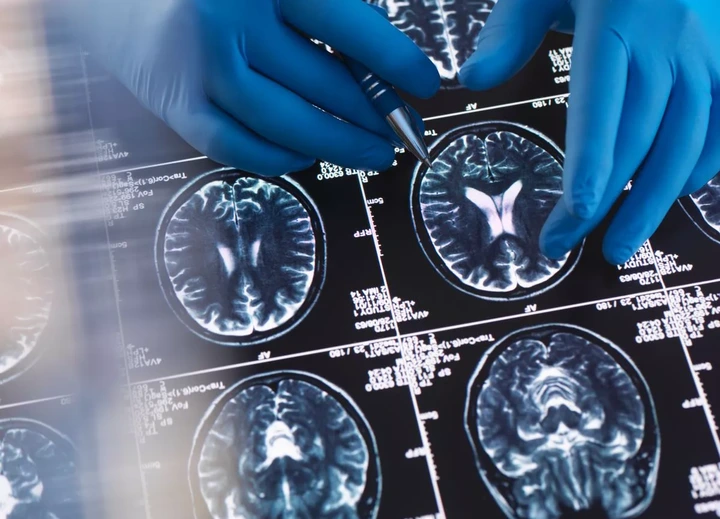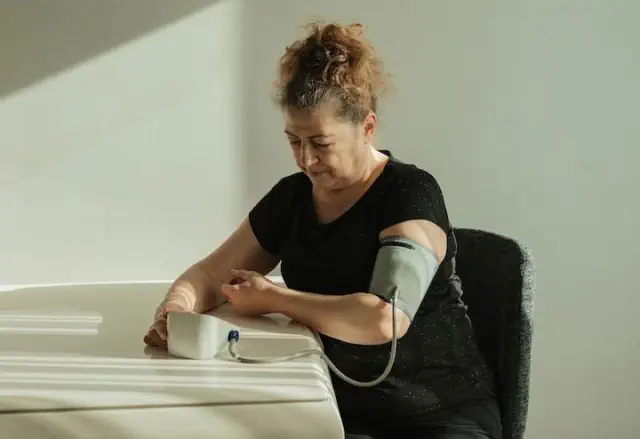Studies have shown that analyzing a person's walking can identify '60% of dementia cases'.

View images in the App to save up to 80% data.
Experts have indicated that the way an individual walks could be indicative of Alzheimer's disease. Groundbreaking research from Newcastle University aimed to refine the methods for diagnosing various types of cognitive impairment.
The study aimed to distinguish Alzheimer's disease, the most common form of dementia, from Lewy body dementia (LBD). Patients with Alzheimer's usually exhibit significant memory loss in the early stages; however, these symptoms are often confused with LBD, potentially leading to improper treatment.
In 2019, researchers discovered that by analyzing a patient's gait, they could correctly identify '60% of dementia subtypes', a significant breakthrough. At the time, Dr. Ríona McArdle, the principal investigator at Newcastle University’s Institute of Medical Sciences, commented: "Our walking pattern can mirror cognitive and memory changes that signal brain issues, such as dementia.

View images in the App to save up to 80% data.
"Accurately diagnosing the specific dementia a patient has is essential for healthcare providers and researchers, as it allows for the most appropriate treatment to be administered at the earliest stage. The study's results are promising, suggesting that gait analysis could be a valuable diagnostic tool for dementia."
"It is a pivotal advancement since accurate diagnosis ensures that individuals receive the correct treatment, care, and management for their dementia." The study involved 110 participants, including those with Alzheimer's, LBD, and cognitively healthy individuals.
A key finding was that LBD patients showed more significant alterations in their walking patterns, with 'asymmetrical' movements, unlike Alzheimer's patients.
It is estimated that over 944,000 people in the UK have dementia, with one in every 11 over 65 years old affected. LBD is believed to account for approximately










